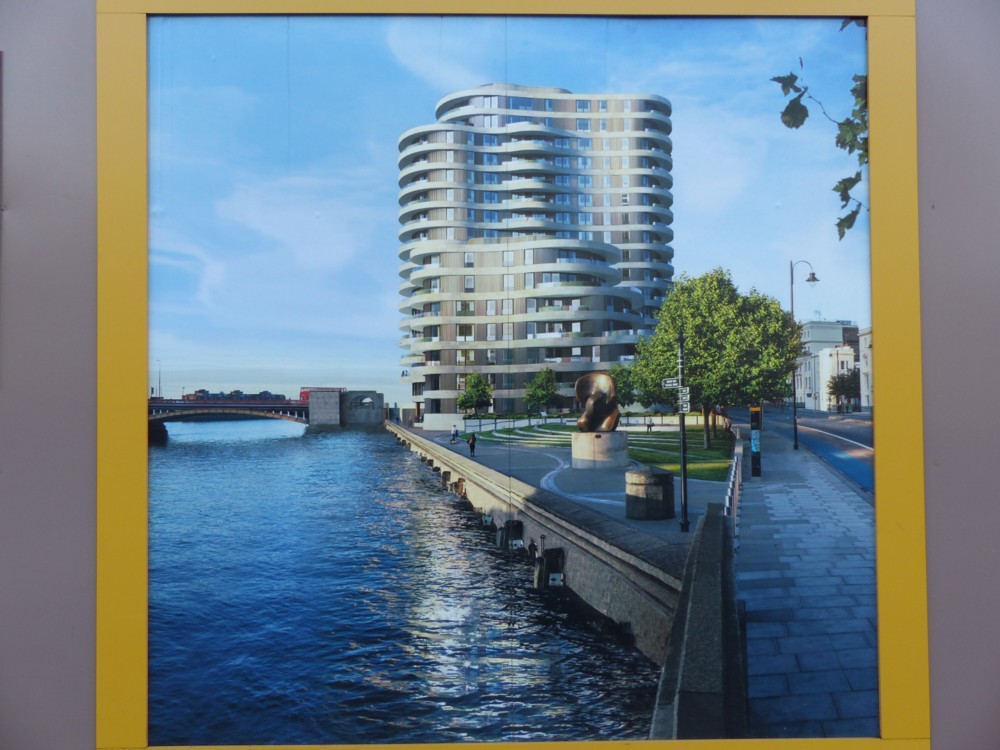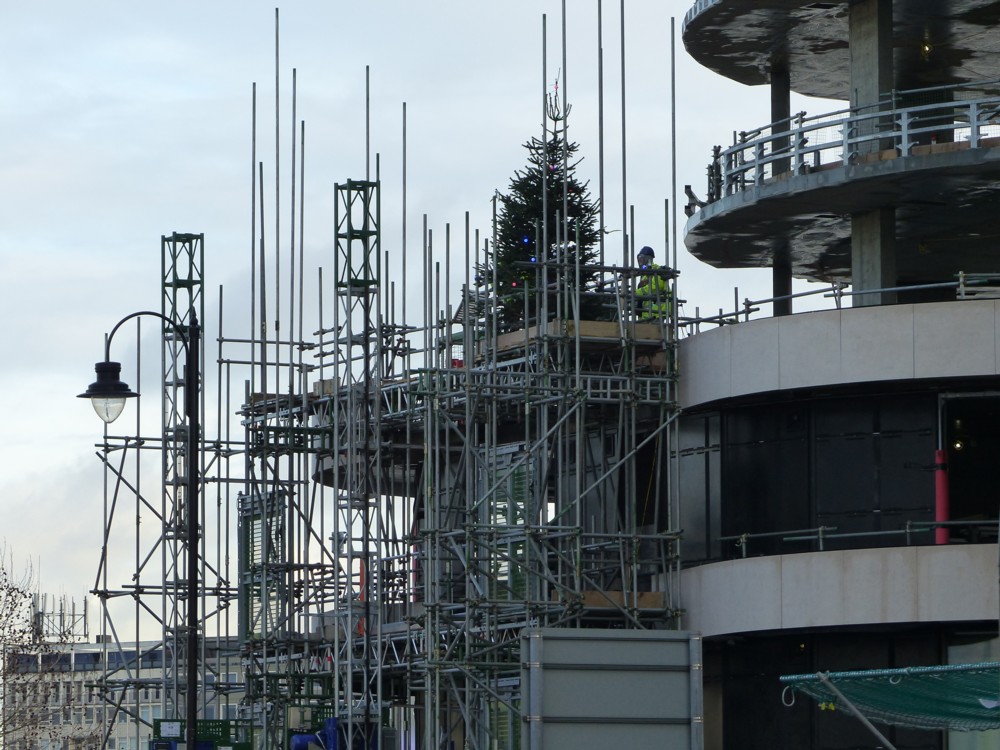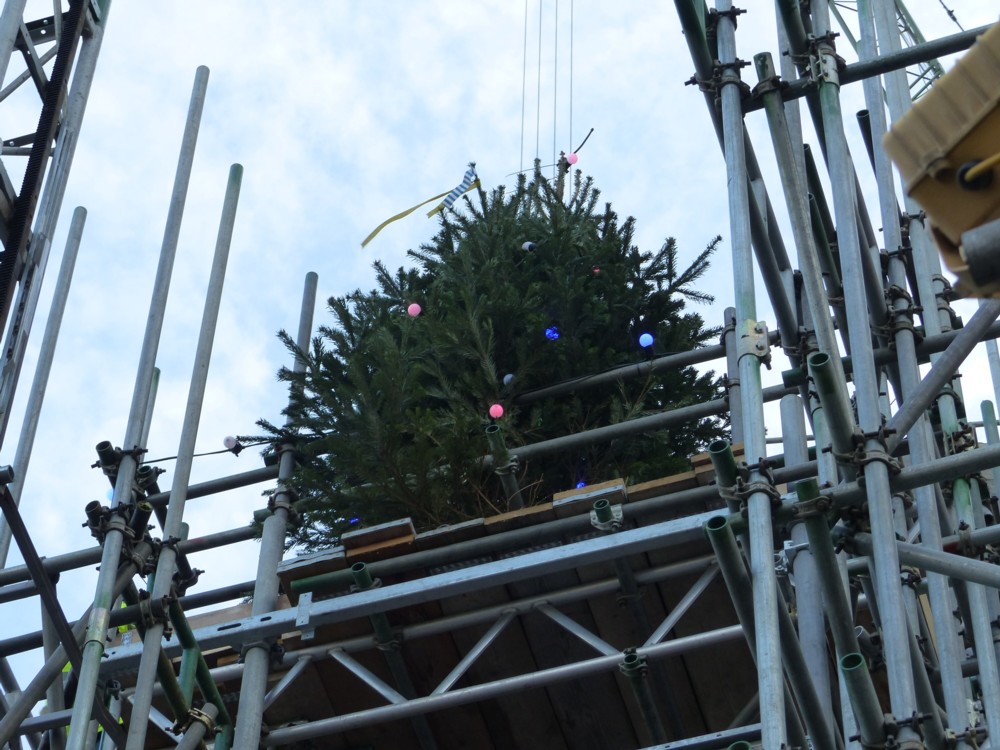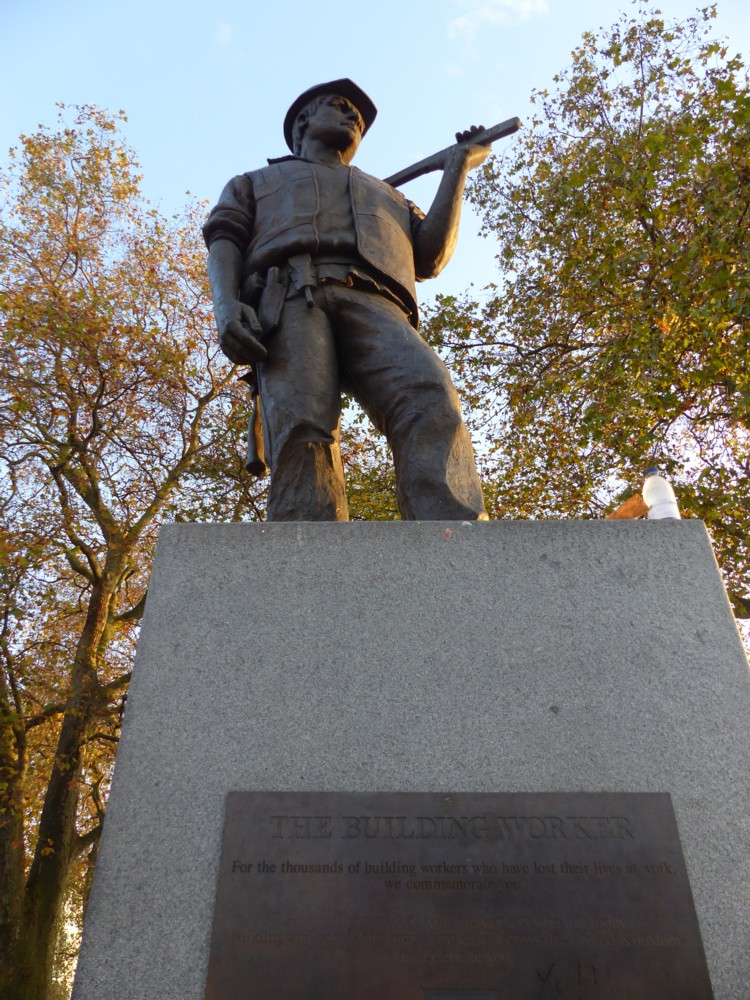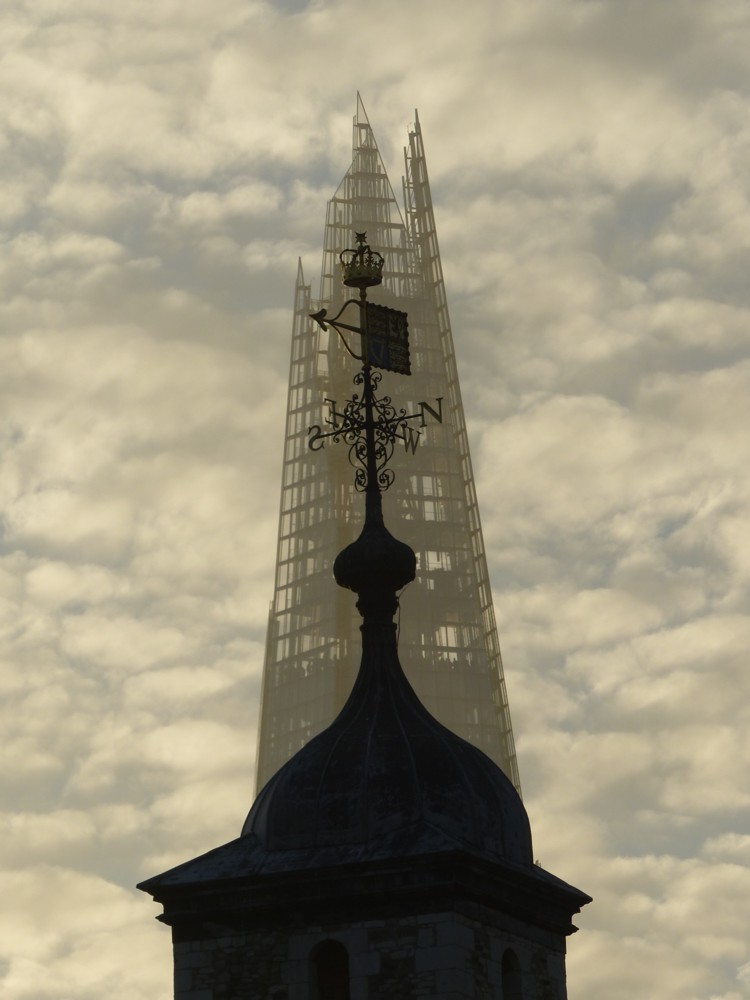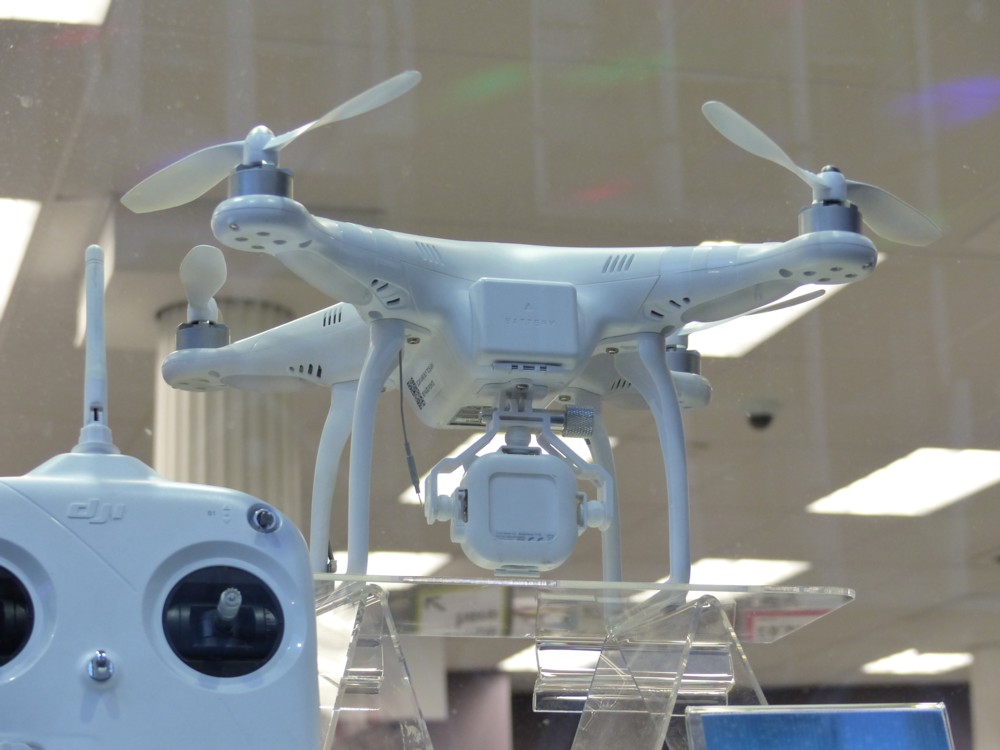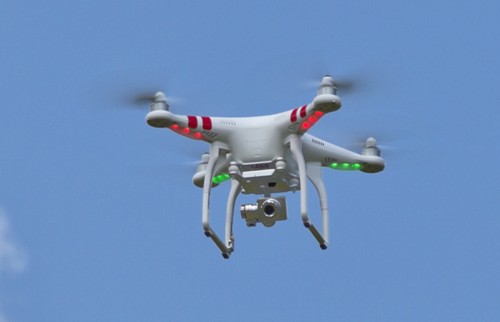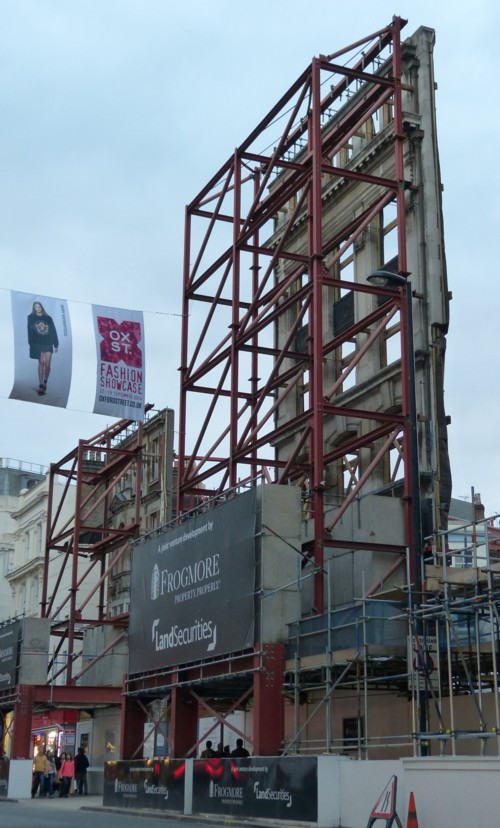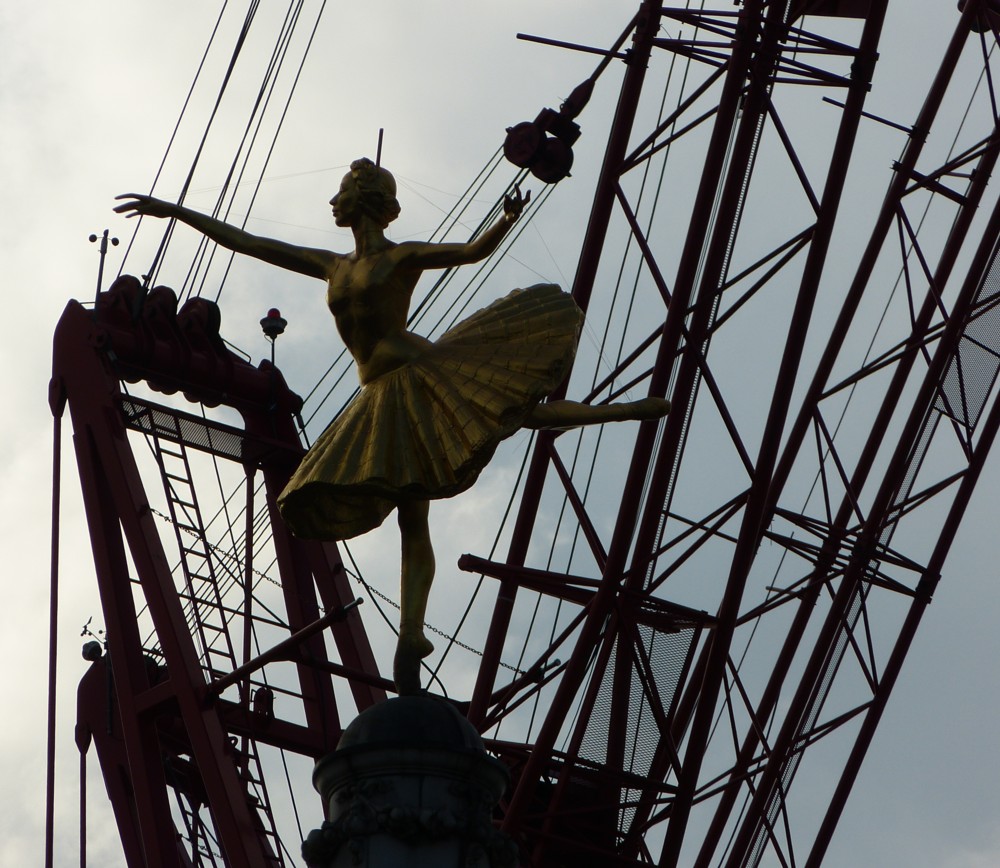Yesterday, encouraged by the weather forecast (which predicted a window of weather excellence in the midst of the otherwise dark and dreary weather that had been prevailing until yesterday and that has resumed today), I went out photo-walking. The mission was to check out that viewing platform at the top of Tower Bridge. How does that look from below? I will tell you all about that later, maybe. (I promise nothing.)
Within seconds of stepping outside my front door, I knew that this was going to be a very good day for photoing, because of the light. Photography is light. I like lots of it, but I don’t like it to be too bright, and I don’t like it all going in the same direction. Yesterday was such a day.
If you are a Real Photographer, and if the sort of light that is readily available is not what you would like it to be, then you contrive what you do like, or you fake it – with clever filters, Photoshop, blah blah – processes that you know all about. I am not a Real Photographer.
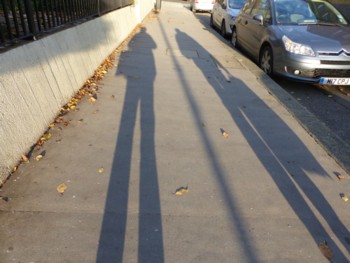 On the right there is one of the very first shots I took, a shadow selfie, which included a lady walking past me in the opposite direction. It’s not really proper to stick photos of strangers up on your blog – photos of strangers complete with their faces, photos of the strangers complete with their faces who are doing nothing to draw attention to themselves – no matter how obscure your blog may be. But, photoing their shadows and sticking that up is definitely okay.
On the right there is one of the very first shots I took, a shadow selfie, which included a lady walking past me in the opposite direction. It’s not really proper to stick photos of strangers up on your blog – photos of strangers complete with their faces, photos of the strangers complete with their faces who are doing nothing to draw attention to themselves – no matter how obscure your blog may be. But, photoing their shadows and sticking that up is definitely okay.
And here are two more pictures I took early on in my perambulations, just after I had emerged from Tower Hill tube station. I start with them simply because they are vertical rather than my usual horizontal, and hence it makes sense to display them next to each other:
Here is a report from when that statue was unveiled, in 2006. It is not the war memorial that it resembles, more like a peace memorial, for people killed while doing building work. Good. This is the least that such unlucky persons deserve.
As for the Shard, it was looking particularly beautiful yesterday, like a ghost of its regular self. It was all to do with that light.
The Thing in front of the Shard is the highest of the four towers of The Tower of London. The Tower of London is an odd way to describe it, what with their being so many towers plural involved. I’m guessing they built one big Thing, called it the Tower of London, and by the time they added all those little towers, the name had stuck.
However, after reading this, which says things like this, …:
It is not clear exactly when work started on the Conqueror’s White Tower or precisely when it was finished but the first phase of building work was certainly underway in the 1070s.
Nothing quite like it had ever been seen in England before. The building was immense, at 36m x 32.5m (118 x 106ft) across, and on the south side where the ground is lowest, 27.5m (90ft) tall. The Tower dominated the skyline for miles around.
… I would like to revise my guess. It would seem that the four little towers on the top were there from the start, and that to start with it wasn’t the Tower of London at all. So, what I want to guess instead is that now that the Tower of London is surrounded by London as we now know it, what we tend mostly to see of it is the four towers at the top. But, for many centuries, the Tower of London was indeed seen by all those within sight of it as the one Big Thing (which merely happened to have a few spikes on the top), London’s first Big Thing, and for many decades, its only Big Thing.

